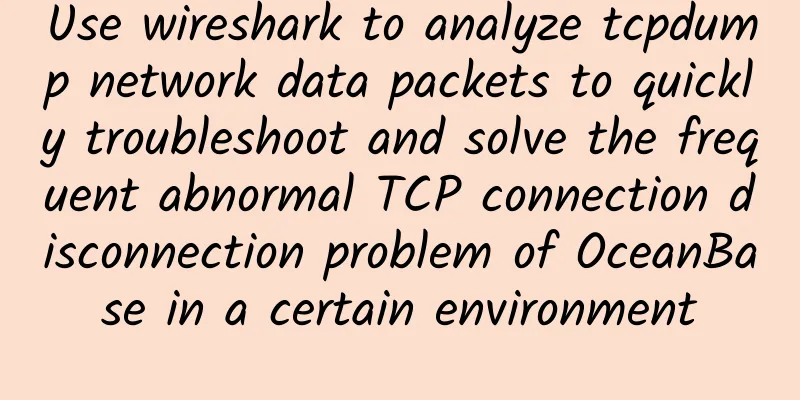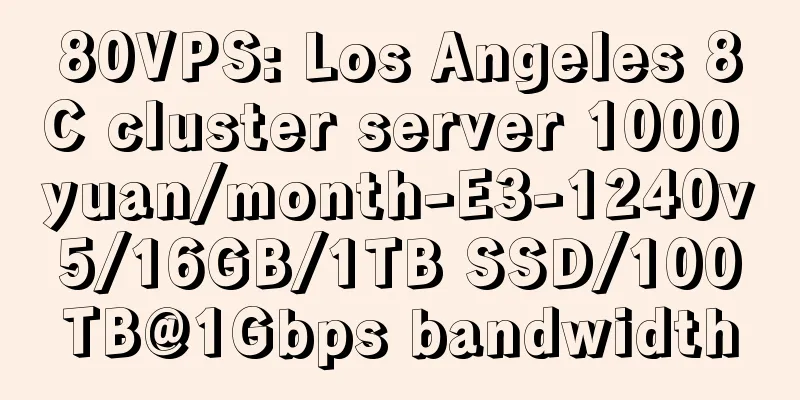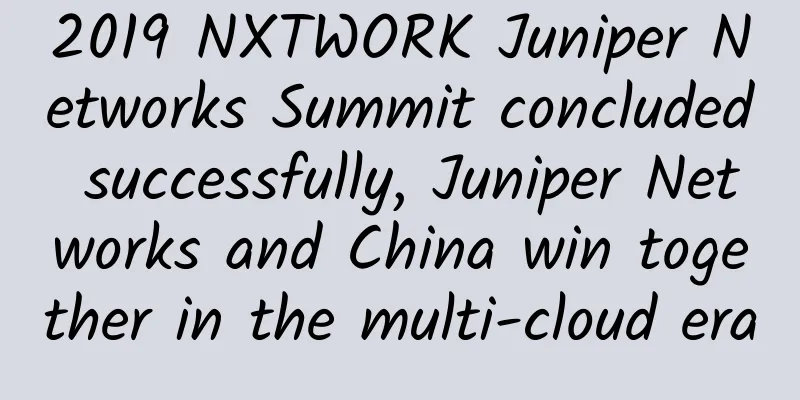Created a debuggable gRPC GUI client

|
This article is reprinted from the WeChat public account "crossoverJie", the author is crossoverJie. Please contact the crossoverJie public account to reprint this article. PrefaceHow do you usually test the gRPC interface after writing it? There are usually the following methods: Write unit test code and simulate client testing yourself. You can set up a gRPC-Gateway service so that you can simulate it in postman. But neither of these two methods is particularly elegant; the first method is not very intuitive to maintain in the code when the nested request structure is particularly complex; and the code will be particularly long. The second method looks very intuitive in Postman, just like requesting the HTTP interface. However, it requires maintaining a gRPC-Gateway service and republishing it when the interface definition changes, which makes it a little more complicated to use. So after some searching I found two tools that looked good:
First of all, the BloomRPC page is beautiful and its functions are complete; but there is one very uncomfortable thing, that is, it does not support int64 data requests, which will cause precision problems. Here I wrote a simple interface that directly returns the requested int64.
You will find that the accuracy of the data received by the server has been lost. This is very troublesome in our business that uses a lot of int64, and most of the interfaces cannot be used. grpcui is a tool I discovered after using BloomRPC for a while. It has relatively complete functions and the accuracy problem in BloomRPC does not exist. But since I was used to debugging interfaces in BloomRPC, and my browser usually has dozens of tap pages open during daily development, it was not so convenient to find grpcui among them. So I wondered if there could be an independent APP similar to BloomRPC that also supports int64 tools. PrepareAfter searching for a while, I didn't seem to find it. It happened that I wrote a gRPC stress testing tool some time ago, which actually implemented the core function required by the APP, that is, generalized call. Since the core capabilities are implemented in Go, it is best to write this app in Go as well, so that code reuse will be more convenient; I also want to see how well Go can be used to implement GUI applications. Unfortunately, Go does not provide native GUI library support. Finally, I found a library: fyne From the star, it seems to be used more frequently and also supports cross-platform packaging; so we finally decided to use this library to build this application. Core FeaturesI referred to BloomRPC for the entire App's interaction process, but as a back-end developer who doesn't understand aesthetics and design, the most difficult part of the whole process is the layout. This is the first version of the page that I spent several nights debugging. Although it works, it is very inconvenient to view the request and response data. So I spent another weekend and the final version is as follows (at first glance, it seems no different): Although there is still a certain gap between the page and BloomRPC, it does not affect the use; the key is that the int64 problem has been solved; you can happily code again. InstallFriends who have similar needs and want to experience it can download it here: https://github.com/crossoverJie/ptg/releases/download/0.0.2/ptg-mac-gui.tar Since I don't have a Windows computer at hand, I didn't package the exe program; friends who have related needs can download the source code and compile it by themselves:
Next stepsThe current version is relatively simple and only supports commonly used unary calls. Support for stream, metadata, and workspace storage and restoration will be added in the future. Suggestions on pages and interactions are also welcome. I was originally going to upload it to brew for easy installation, but after a night of struggling, it was rejected because of insufficient data. So if it helps or is of interest to you, please pay attention (why does it feel like live streaming sales??) Source code address: https://github.com/crossoverJie/ptg |
>>: Starlink banned from service in India until it gets internet license
Recommend
[5.1] Megalayer limited time sale, E3-1230/8G US & Hong Kong server starting from 199 yuan/month
Megalayer has launched a limited-time flash sale ...
A national expert group visited Tiantan Hospital to discuss the smart transformation of hospitals in the digital era
On August 27, the "Entering Tiantan - Smart ...
Tiered diagnosis and treatment has become a key step in medical reform. See how Huawei empowers the healthcare industry
[51CTO.com original article] On April 25, 2018, t...
In the Internet Queen’s “Spring Festival Gala-style report”, what are the things worth spending five minutes paying attention to?
Internet Queen Mary Meeker's annual Internet ...
[Black Friday] HostDare: 15% off Los Angeles CN2 GIA line VPS, starting at $42.4 per year
HostDare also launched this year's Black Frid...
A brief analysis of the technical difficulty of "number portability"
According to the Ministry of Industry and Informa...
Xi'an Yimatong previously reported: It took two days and two nights to optimize a 1M image to 100kb
Xi'an's health code crashed twice in a ro...
In addition to speed, 5G can also change these aspects of your life!
5G is the hottest buzzword at the moment, and it ...
As the wave of 5G security approaches, how can we play the 5G security card well?
From 2G to 4G, mobile networks have become an ind...
Two years after the license was issued, what progress has been made in my country’s 5G development?
Since the Ministry of Industry and Information Te...
See how valuable 5G spectrum is
Following the 5G Summit in September and the rele...
Gigamon: Using virtual visualization to help enterprises start their cloud journey
[51CTO.com original article] "Visualization&...
The total number of mobile users of the three major operators reached 1.59 billion, and the proportion of 4G users declined
According to the latest data released by the Mini...
Be careful not to be cheated. I will teach you how to buy a wireless router.
Before the full resumption of work, production an...
The future of optical communications: innovation and integration of PON technology
Author | Heye Review | Chonglou With the continuo...









